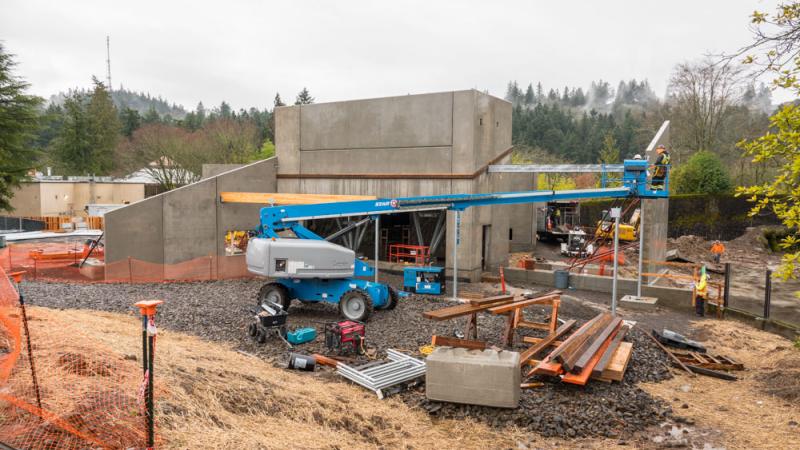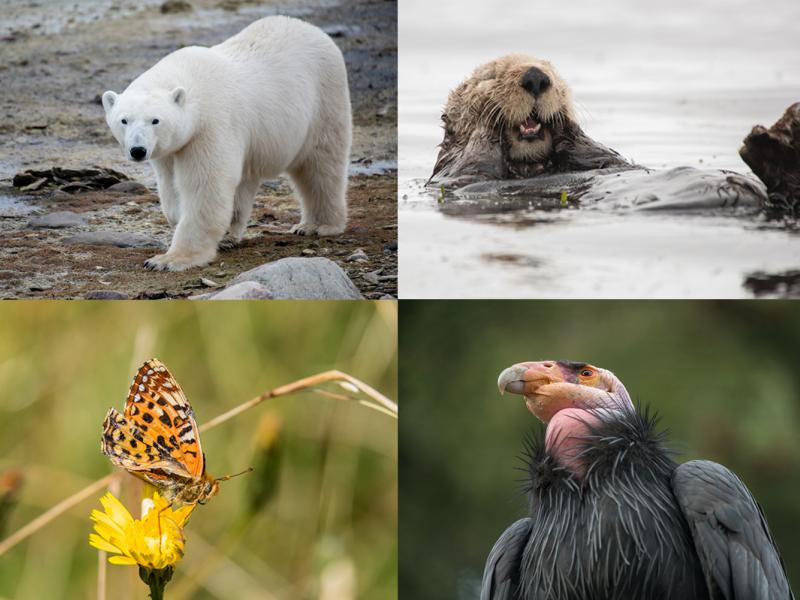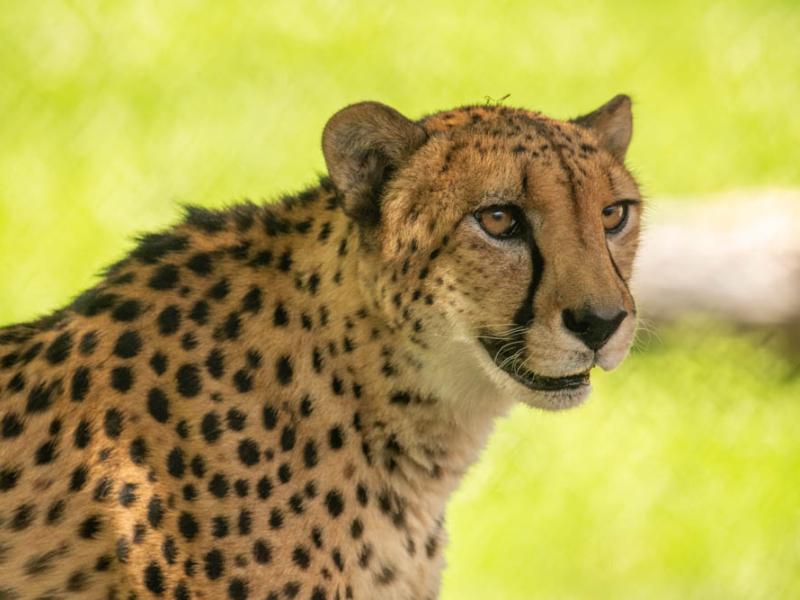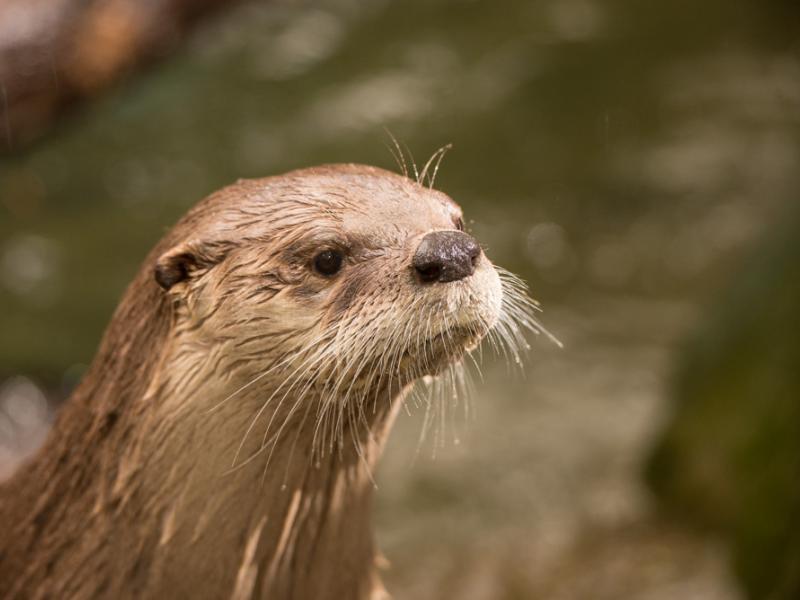
Chimp habitat will expand on improvements first helped along by Jane Goodall
Forty years ago, the Oregon Zoo's pioneering work with chimpanzees drew the attention of famed conservationist Jane Goodall, who visited Portland regularly, getting to know Chloe, Leah, Delilah and the other zoo chimps over a period of several years.
This fall, as walls for the zoo's new Primate Forest building were lifted into place by construction crews, zoo staff reflected on Portland's decades-long connection to Dr. Goodall, and looked ahead to a new era of care for chimpanzees and other primates.
"Back in those days, we sorely needed a large outdoor area to house all the chimpanzees together, and Dr. Goodall helped us find the funding for that," recalls former primate keeper Dave Thomas, who still works at the zoo leading educational tours. "Primate Forest is an extension of those crucial early improvements. It's so gratifying to watch it come together like this."
Set to open in late 2020, the new habitat will include climbing structures, complex spaces for family groups, and enhanced opportunities for enrichment and keeper interaction. Gone are the Eisenhower-era indoor portions of the old chimp habitat, considered state-of-the-art when the zoo first moved to its current site in 1959, but not so great by today's standards. With the new walls in place — 49 precast insulated panels, each 13 inches thick for energy efficiency and animal safety — work can begin on some of the habitat's amenities.
"It's always a thrill to see a project go from designs on paper to becoming a physical reality," said zoo construction manager Jim Mitchell. "With the walls up, you can begin to get a sense of what Primate Forest will eventually look like."
The chimps' indoor dayroom will feature 3-foot-deep natural flooring and two climbing structures — each 26 feet tall from floor to ceiling. A simulated termite mound will encourage natural foraging behavior, and five roof hatches will allow keepers to scatter food from above.
"Chimps are known for their complex social structures so we designed this habitat to accommodate single or multiple groups," said Becca Van Beek, who oversees the zoo's primate areas.
Many of the new features at Primate Forest — such as a stream, waterfall, large boulders, logs and more — were made possible through the Oregon Zoo Foundation's $8.5 million Heart of the Oregon Zoo campaign, which is currently raising funds to support the zoo's robust programs in animal welfare, conservation and education. To learn more or to make a gift, call 503-505-5494 or email [email protected].
Primate Forest is one of eight major projects made possible by the community-supported zoo bond measure passed in 2008 and generous contributions from private donors. With five of these projects now complete, the final three — new habitats for primates and polar bears and an improved space for rhinos — are being managed as a single construction project to increase efficiency.
More News

Take action: Protect wildlife by protecting their homes
Speak up to protect wildlife. Submit a public comment urging the government to keep the Endangered Species Act strong — including protections for habitat.May 8, 2025

Zoo mourns Strike, one of oldest male cheetahs around
At 15, Strike was considered geriatric for his species and was the second-oldest male cheetah living in an AZA-accredited zoo.May 8, 2025

Zoo says goodbye to Tilly, beloved otter mom
At 16, Tilly was considered geriatric for her species.April 30, 2025

